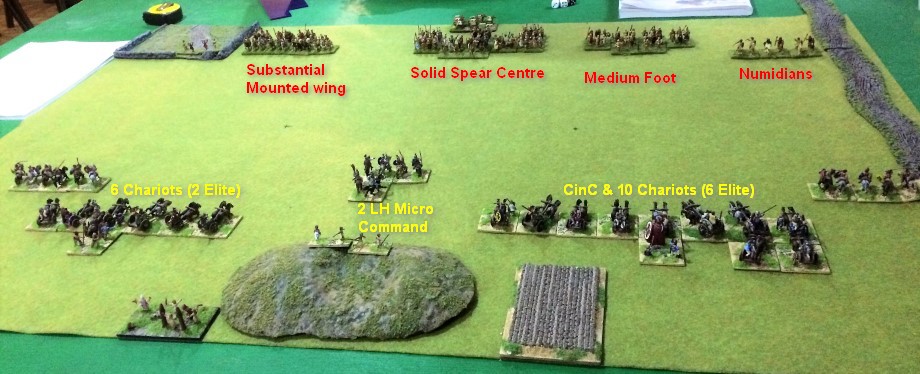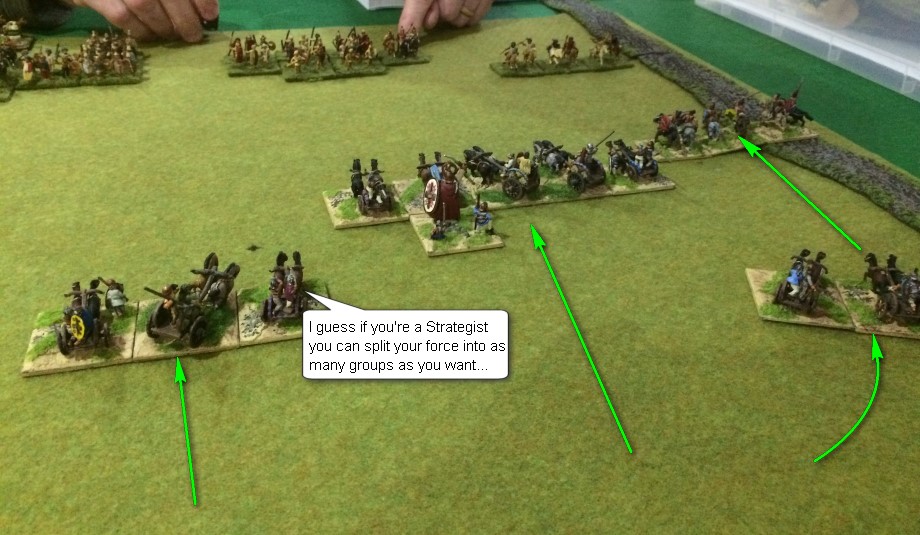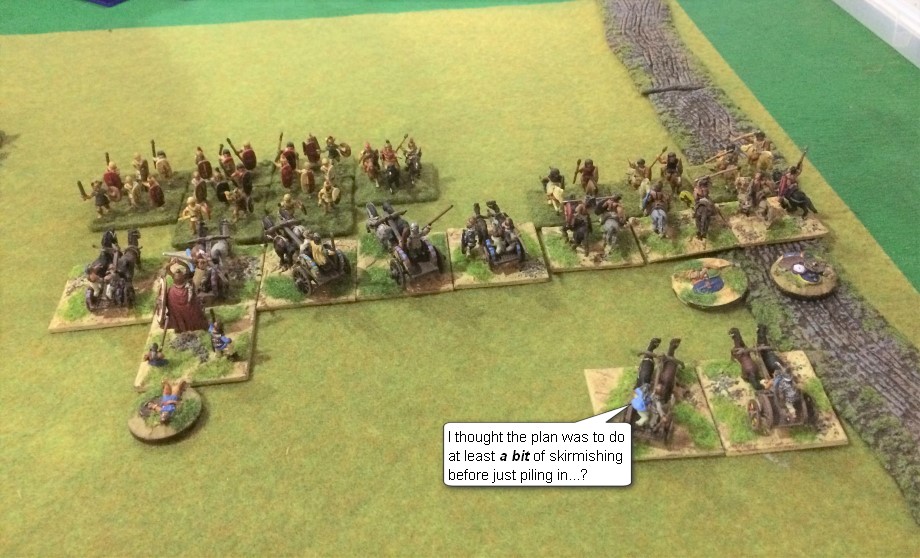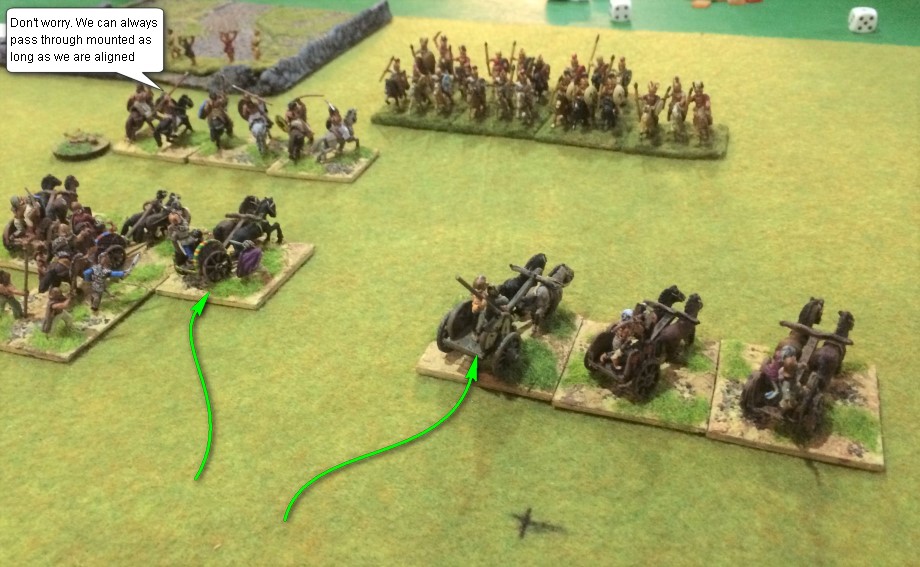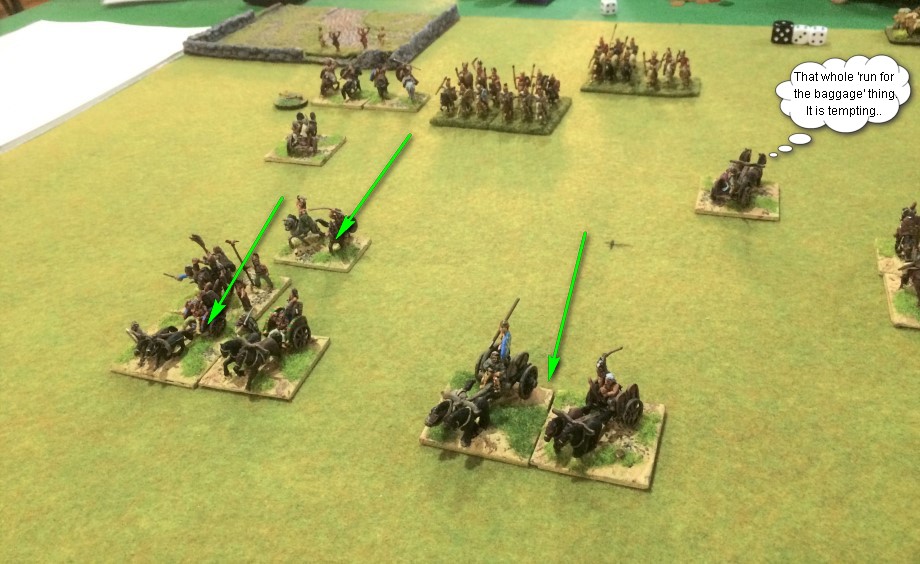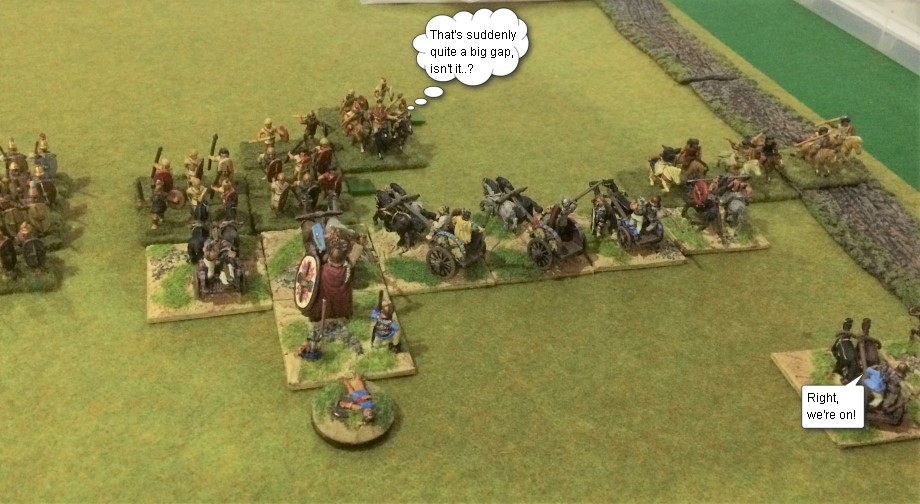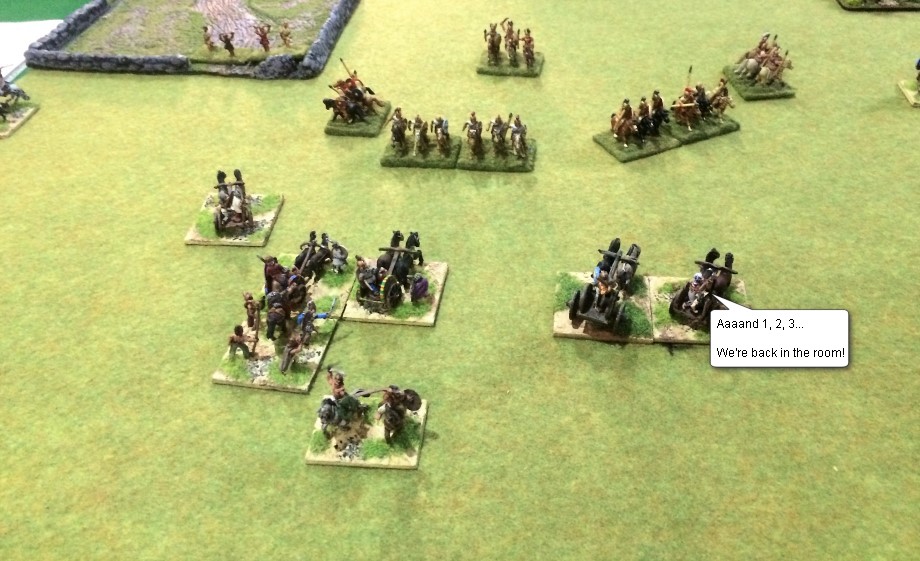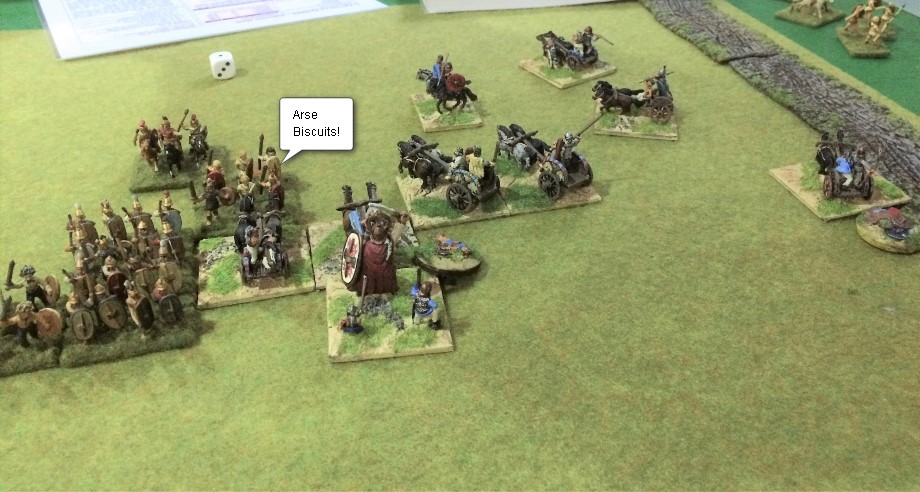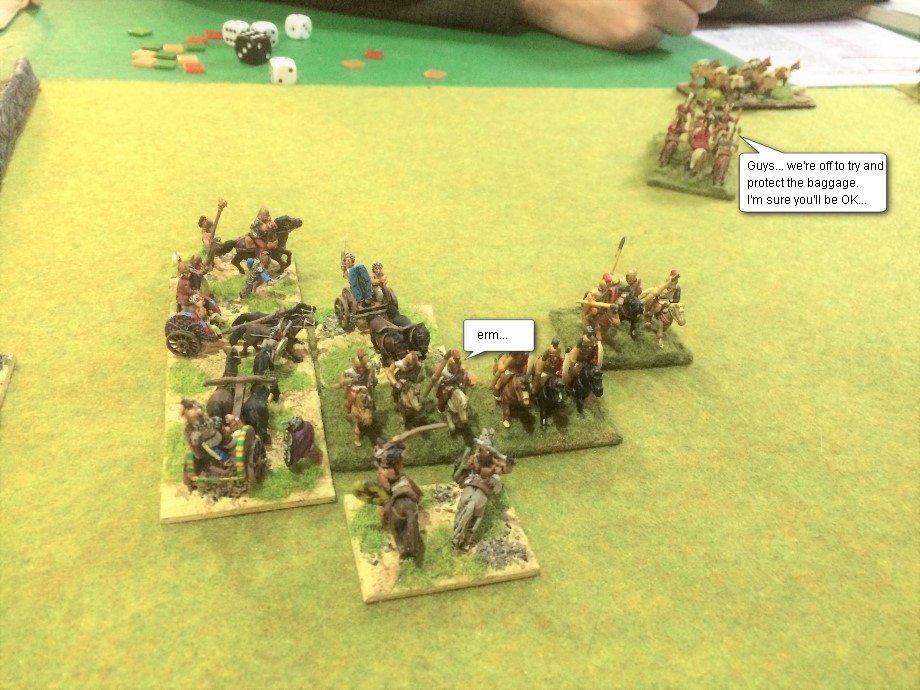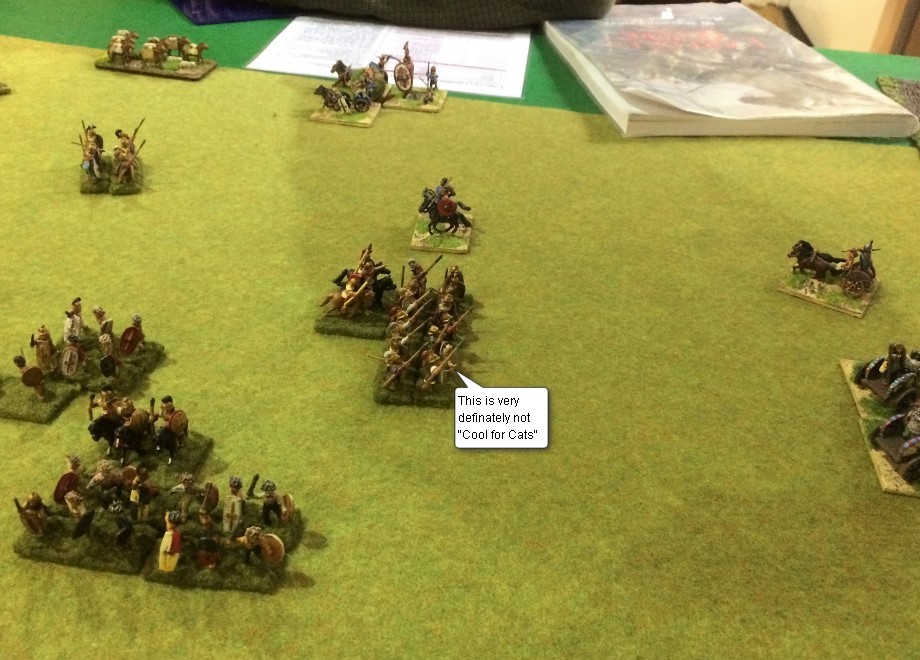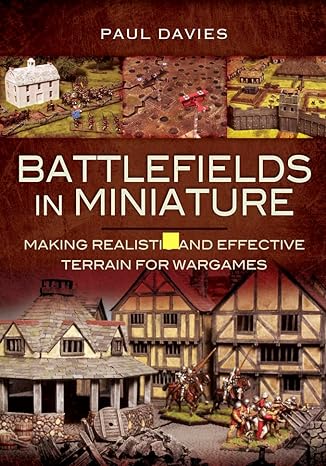Roman & Classical at the CLWC Winter Invitational 2017
Ancient British vs Carthaginian
Game 1 Ancient British vs Carthaginian
Game 2 Ancient British vs Seleucid
Game 3 Ancient British vs Ancient British
New Format! - this report has been published in a new, wider format to match the increased prevalence of wider screens by viewers of this website. It means the size of the pictures has been increased, so the pictures are are almost 30% bigger than in the older reports. The picture quality in these reports is however a bit patchy as I forgot my camera and so ended up using my iPhone and iPad - neither of which have a tripod for stability whilst taking low-light images. Anyway, I hope you like it!
The second Central London event of the year, sneaking in tidily before Christmas on a snow-swept London Sunday. This was to be a textbook Roman & Classical period aimed at allowing as many people as possible to take part with their Hellenistic and Roman armies - and what a good spread we had ended up with, covering China to Rome, and the chilly north of Britannia to the baking deserts of the Middle East.
I had opted for an Ancient British list, initially thinking that an army of Impetuous Medium Swordsmen would maximise my chances for an early finish which would then make it easier for me to enter the scores and do the draw between rounds. However, looking through the various Bisley filing cabinets of long-neglected figures I then spotted a collection of some 16 Gallic-style chariots, collected over a number of years and featuring 4 each from Essex, Old Glory, Corvis Belli and - I think - Magister Miltum. A plan was born...
16 Chariots on 40x40 bases take up a lot of table space, and all 16 had never seen the light of day together, being too many to really use in FoG ...but at the scale of ADLG armies I spotted that they would make a near-perfect army for the all-chariot Cassivellaunus' Ancient British Panzer Division option... 16 x 7 points each, upgrade a few to Elite, add in a Strategist and sprinkle on enough Light Horse to get the army initiative up to the +4 which really was needed to try and get an open fiield... and so a plan was born.
The first opposition were from the North African enclave of Carthage. Potentially with Elephants - which could allow me to dismount some of the chariots.
L'Art de la Guerre hint - If the opposition deploys Elephants, Fortifications or War Wagons, any Cavalry or LH can dismount in any ADLG army. Light Chariots would dismount as Medium Swordsmen, non-Impetuous, which is a pretty vanilla troop type.
The lists for the Ancient British and Carthaginian from this game, as well as all the other lists from the games at CLWC Winter Invitational can be seen here in the L'Art de la Guerre Wiki.
With snow falling outside, the two armies faced each other across the tabletop. Expecting a tide of Impetuous Medium Foot Swordsmen, the Carthaginians had chosen minimal terrain when making their defenders picks, and I had followed that up with 2 of the smallest fields available leaving a near-naked board. The Carthaginians had deployed a solid block of Spearmen in the centre, with Medium Foot Swordsmen on their left and a substanial mostly Medium Cavalry command on the right.
The Catuvellauni tribe's Strategist Cassivellaunus and the bulk of the Chariots were facing the Medium Foot on my right, with a micro-command in the centre and the weaker Chariot command against the enemy mounted wing
L'Art de la Guerre hint - The Ancient British army is rather hampered by the low +2 command rating, which with the Strategist option condems you to taking 2 Ordinary commanders and 1 Strategist (at 200 points). With this structure you have little choice other than to load up the Strategists command with a lot of the army's units and use his +3 on the command roll to move at least 2 groups of battle troops. The overall effect is almost as if he is operating as 2 separate Generals
Cassivellaunus drove his chariots and light horse forward rapidly, keen to put pressure on the somewhat isolated and lonely-looking enemy Mediums. With 10 Chariots on this flank I was keen to drift to the right and avoid facing off against the Heavy Spearmen whilst also putting pressure on the enemy LH at the edge of the table. The 3 Numidians in the Carthaginian army would in normal circumstances be a pretty decent blocking and holding force for a flank, but against the Britons own 3 LH supposed by as many Chariots as I could find to spare they were already dangerously outnumbered. |
 |
With an advantage of numbers and with Chariots in reserve the Briton LH charged home at the first opportunity, eager to start the war of attrition against the Numidians who had little option but to stand and fight. The alternative would be to evade away and leave the flanks of their Medium Foot even more exposed to the British Chariotry already sweeping up the wing behind the Light Horse than they already were.
Boudicca
On the opposite flank the Catuvellauni tribe's Chariots were having to adopt a far more cautious approach - the enemy Cavalry were numerous, the Chriots only had 2 Elites on this side (compared to 6 on the other) and so the first thing that needed doing was to break up the enemy formation. The line of wheeled battle-carts deparated into two, encouraging the enemy to split and chase them down or risk again conceding their flanks.
Romans in Britain
The Carthagians pushed forward causing Cassivellaunus' Chariots to scatter - some of them fled backwards, others, not being the target of the initial charge, elected to split from their group and wait - hoping that their presence would further discomfort the enemy horsemen by threatening flanks as they advanced.
L'Art de la Guerre hint - When a group of troops capable of evading are charged, either the whole group can evade together, or only those troops actually being charged can evade. The evaders can roll evade distances as separate units, or as a single roll for the evading group.
With the Carthagian centre still moving forward slowly, Cassivellaunus ordered his chariots into an immediate and early charge against the Medium Foot on the Carthaginian left - and was immediately rewarded by a breakthrough as one unit was overrun in the first charge! The Britons had possibly exposed the flanks of one of their chariots to the enemy Spearmen, but given the opportunity to overwhelm the usually-decently-4-wide Carthaginian infantry block with a table-spanning tide of chariots, this seemed like a decent tradeoff.
L'Art de la Guerre hint - Light Chariots vs Medium Impetuous (ie warband) Foot is an intriguing matchup. Both are on a base factor of +1, and both can get an additional +1 in the first round - Chariots get it for the rules-agnostic "mounted vs Medium Foot in the Open" factor and the Impetuous Swordsmen get it for their "Impact" capability. However, if the Foot charge they lose their +1 first round Impact, giving the advantage to the Chariots. As the Chariots are mounted, the Impetuous foot are not compelled to charge into combat with them.
In a situation like this one then, the foot do not need to charge, and will lose out in the first round if they do. But if they just stand around, the Chariots will push past their outside flank and roll them up. Likewise the Chariots would prefer to be charged (and be at +1) than to charge (and be at Evens).... but if they wait too long, the Carthaginian Heavy foot (who they can't realilstically take on frontally) will have joined the fray and will be starting to roll them up too from their left.
As the battle raged the better quality and number of overlaps of the Chariots whittled away more of the Carthaginian mercenary foot - the Numidians were faring better against gthe British LH, but this simply was creating space for the far more potent British chariots to replace them in the line of combat.
On the opposite flank the British chariots were continuing to evade away from the repeated enemy charges, and then return to the fray, pulling the enemy out of formation as they ebbed and flowed. Lacking in shooting capability meant that the Brits were not tempted to get that close to the enemy horsemen, and so their evades were always relatively safe from being caught.
Finally the Carthaginian left flank evaporated in spectacular fashion, unleashing a tide of Catuvellauni tribal chariotry into the rear and flank of the Carthaginian lines. The wheeled battle carts flooded forward indiscriminately, circling towards the rather alarmed Carthaginian infantry centre and making threatening noises towards the position of the enemy baggage!
The other flank was also entering a decisive phase - with the initial formation of the Carthaginian mercenary horsemen now deeply fragmented, a good command roll allowed the Britons to all return to the fray at the same time, reforming a solid battle line to take on the Gauls and North Africans with overlaps to spare and to begin to press them from all sides |
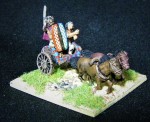 |
Rolling up the scattered horsemen from the left hand edge of the table the now-rampant chariotry force swept forward relentlessly, pinning the enemy cavalry from the front as ever-growing numbers of wheeled barbarian transport slammed into their unprotected right flanks.
The two wings of the British army met as they fully encircled the beleagured and somewhat shell-shocked Cartaginian spearmen, who were by now pretty much the last survivors making a Custer-esque last stand in the centre of the table.
The British had won, in a spectacular victory on the wide-open field of battle!
Click here for the report of the next game in this competition, or read on for the post match summaries from the Generals involved, as well as another episode of legendary expert analysis from Hannibal
Post Match Summary from the Ancient British Commander
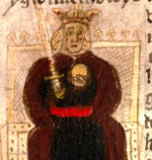 Well, that was all rather super and jolly wasn't it? An entirely spiffing result, with the thwack of leather on willow on a sunny summer afternoon as we put paid to Johnny Foriegner and his dastardly plans in a truly imperious style.
Well, that was all rather super and jolly wasn't it? An entirely spiffing result, with the thwack of leather on willow on a sunny summer afternoon as we put paid to Johnny Foriegner and his dastardly plans in a truly imperious style.
After this I am looking forward to a bright future outside of the pan-European Roman Empire Free Trade Area when we can at last start exporting our advanced British engineering technology to nations and kingdoms across the world who I am sure are even now salivating at the possibility of signing a free-wheeling trade deal to take these Chariots and add them to their own armies - Light Chariots are the Future I tell you, the Future!
This was indeed a triumph for our Great nation, and it's many independent kingdoms - and as long as no-one rumbles the fact that our army composition is made up entirely of Light Chariots and has none of the stuff that you might expect to see in a British army I am sure we will continue with an uninterrupted run of victories.
Yes, the genius of invention, the martial spirit inbred in the unbroken lineage of the natives of this much-colonised and invaded sceptred isle, as well as having a wider army than the enemy will propel us onwards and upwards into a place in which we will have the ability to choose for ourselves to enjoy all of the benefits of being in the Roman Empire, rather than having those exact same benefits imposed upon us by others.
Hannibal's Post Match Analysis
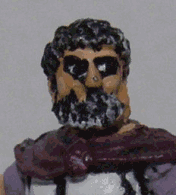 Much as it pains me to say, that did appear to be a surprisingly well executed battle plan for an army which had not even been placed on table before the game opened up. Quite how much of that success is down to the element of surprise engendered in your opponent through the use of what on the surface appears to be an entirely insane army list selection is yet to be seen, but for now it appears to have been working.
Much as it pains me to say, that did appear to be a surprisingly well executed battle plan for an army which had not even been placed on table before the game opened up. Quite how much of that success is down to the element of surprise engendered in your opponent through the use of what on the surface appears to be an entirely insane army list selection is yet to be seen, but for now it appears to have been working.
Looking at how this game panned out, it is interesting to consider how a relatively textbook army composition can be wrongfooted by something as lopsided as these Brits. There are many armies who I am sure build their lists in expectation of an anchored flank and an open one, and also expect that 2-3 Light horse will suffice to cover a wing. When those expectations are not met, it takes time and thought to respond.
Your composition may have been short on quality, but it was long on width and this did allow you to comfortably overmatch the enemy's left wing right from the off. Even the Light Horse Lottery you initiated appeared to be a reasonable approach given the ample reserves your very wide formation allowed you to deploy.
On the opposite flank as well the simple approach of having a 6-wide formation split into 2 parts seemed to suffice to outfox an opposition who must have expected to have weight of numbers in their favour - and their need to protect their flanks, or perhaps your ability to drop battle-capable chariotry where they could threaten them was an irritant they could not scratch away. Let us see if this intriguing army design makes it through the next game
Click here for the report of the next game in this competition
You may also like....
View My Stats for My Match Reports Pages


